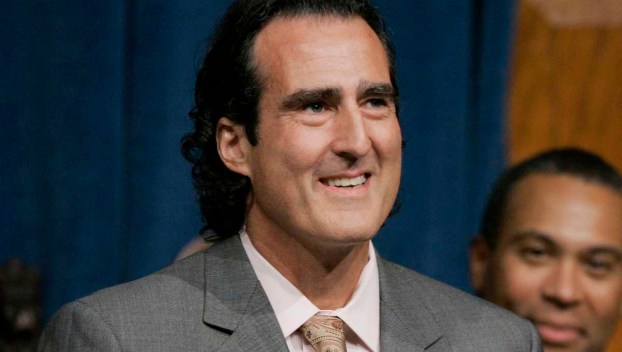News
2 scientists win Nobel chemistry prize for gene-editing tool
STOCKHOLM (AP) — The Nobel Prize in chemistry went to two researchers Wednesday for a gene-editing tool that ... Read more
STOCKHOLM (AP) — The Nobel Prize in chemistry went to two researchers Wednesday for a gene-editing tool that ... Read more
Scientists say they have used the gene editing tool CRISPR inside someone's body for the first time, a ... Read more

The first attempt in the United States to use a gene editing tool called CRISPR against cancer seems ... Read more
Service oriented businesses and construction trades want the public “To Have A Little Patience.” They’ve got to know ... Read more

Scientists think they have achieved the first gene editing inside the body, altering DNA in adults to try ... Read more

Long before the claim of the world's first gene-edited babies became public, Chinese researcher He Jiankui shared the ... Read more

Two scientists said this week’s news of the successful editing of human embryos' DNA to erase an inheritable ... Read more
The announcement by researchers in Portland, Oregon that they’ve successfully modified the genetic material of a human embryo ... Read more

A new research paper is stirring up controversy among scientists interested in using DNA editing to treat disease. Read more

Finally, Fido has a proper family tree. Read more